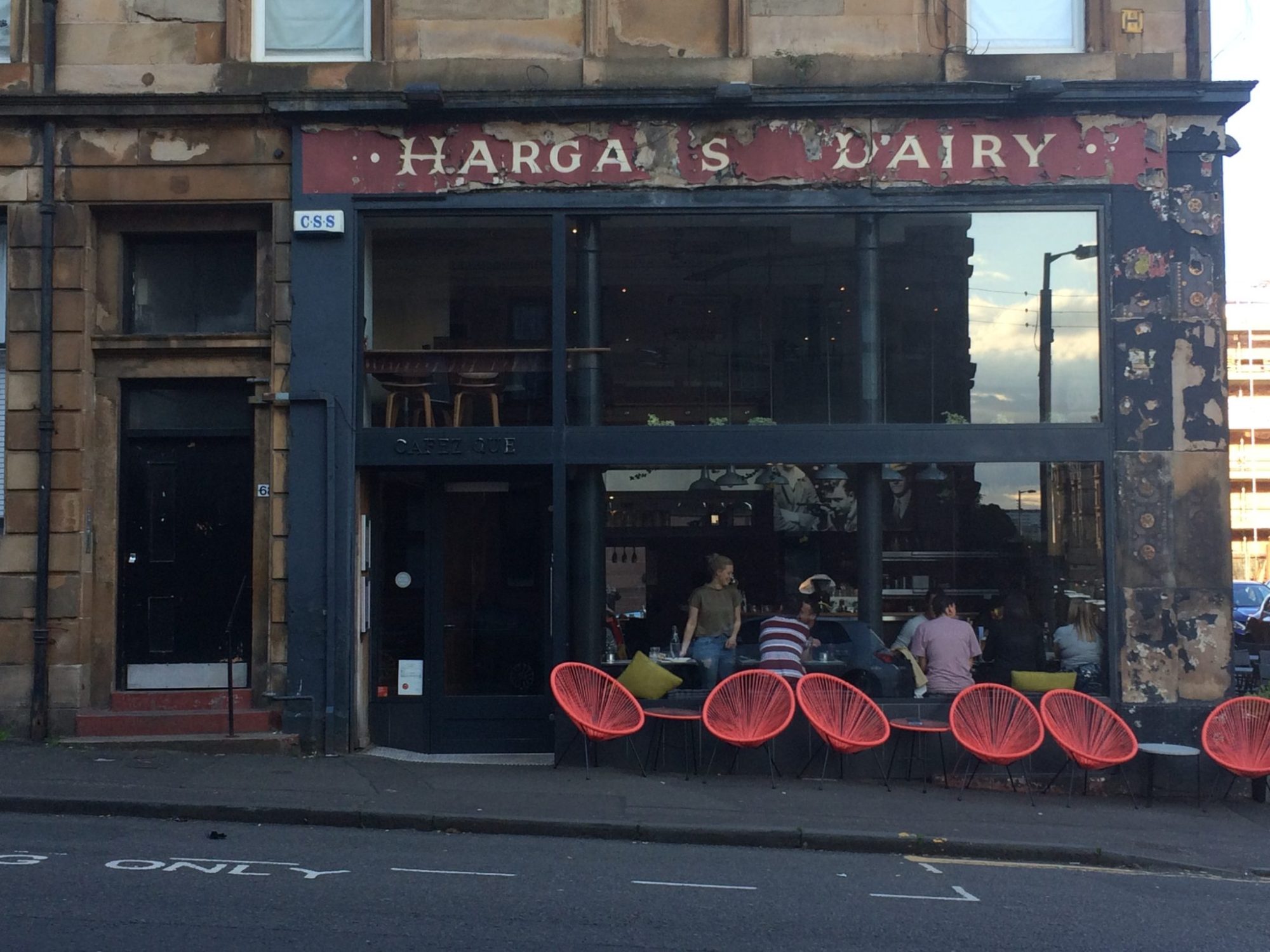By Rachel Kacir, Heritage Outreach Manager

The long months of lockdown have been hard for most of us. Getting out for a walk and some fresh air each day has been one way of relieving the boredom and taking care of our mental health too. However, even the most beautiful and interesting of routes becomes a bit tedious if you’re treading it every day…
MYSTERY SCULPTURES
Whilst out on my wanders in Dennistoun a few weeks ago though I came across something that brightened up my day. It was a little pink and gold ceramic sculpture with flowers on it that had been stuck to a brick wall. I found it quite intriguing, who had put it there? And why? A bit of digging on social media led me to the work of Louise McVey, a ceramic artist and musician. Louise’s work will probably be familiar to many, as it’s been popping up across Glasgow for a while now. I met up with Louise for a socially distanced chat outside Wasps artist studios on Hanson Street, where she is based and coincidentally just across the road from the sculpture I spotted.
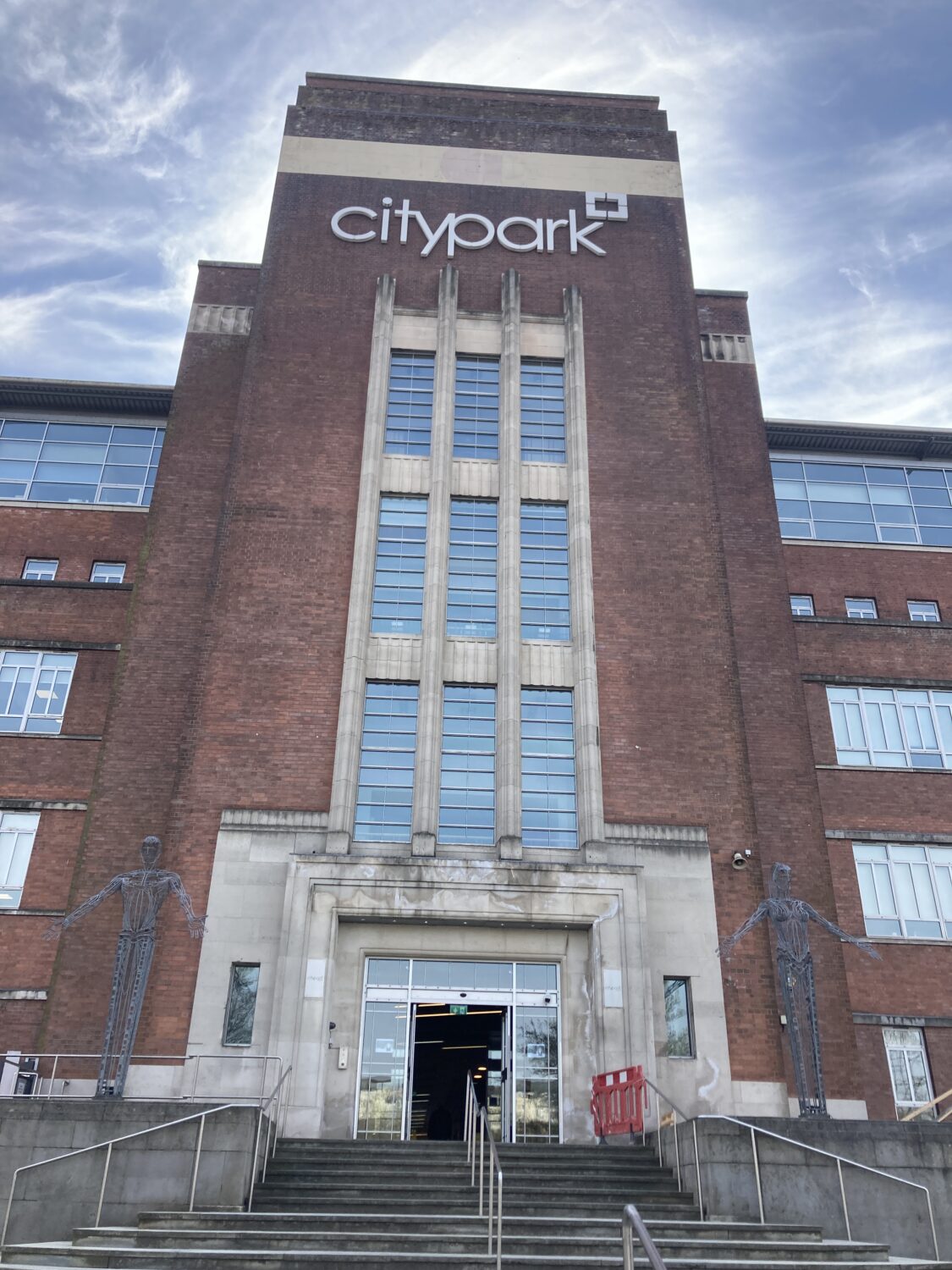
WILLS CIGARETTE FACTORY
The studios are housed in what was a tobacco factory, just along the road from the old Wills Cigarette factory building on Alexandra Parade. Constructed in the mid 1940s, at its peak Wills factory employed 3,500 people and produced 260 million cigarettes a week. It closed in 1990 and was later used as the production office for the film Trainspotting. Although set in Edinburgh, many interior scenes were shot there too. The building is now known as City Park and houses offices, call centres, a gym and a nursery.
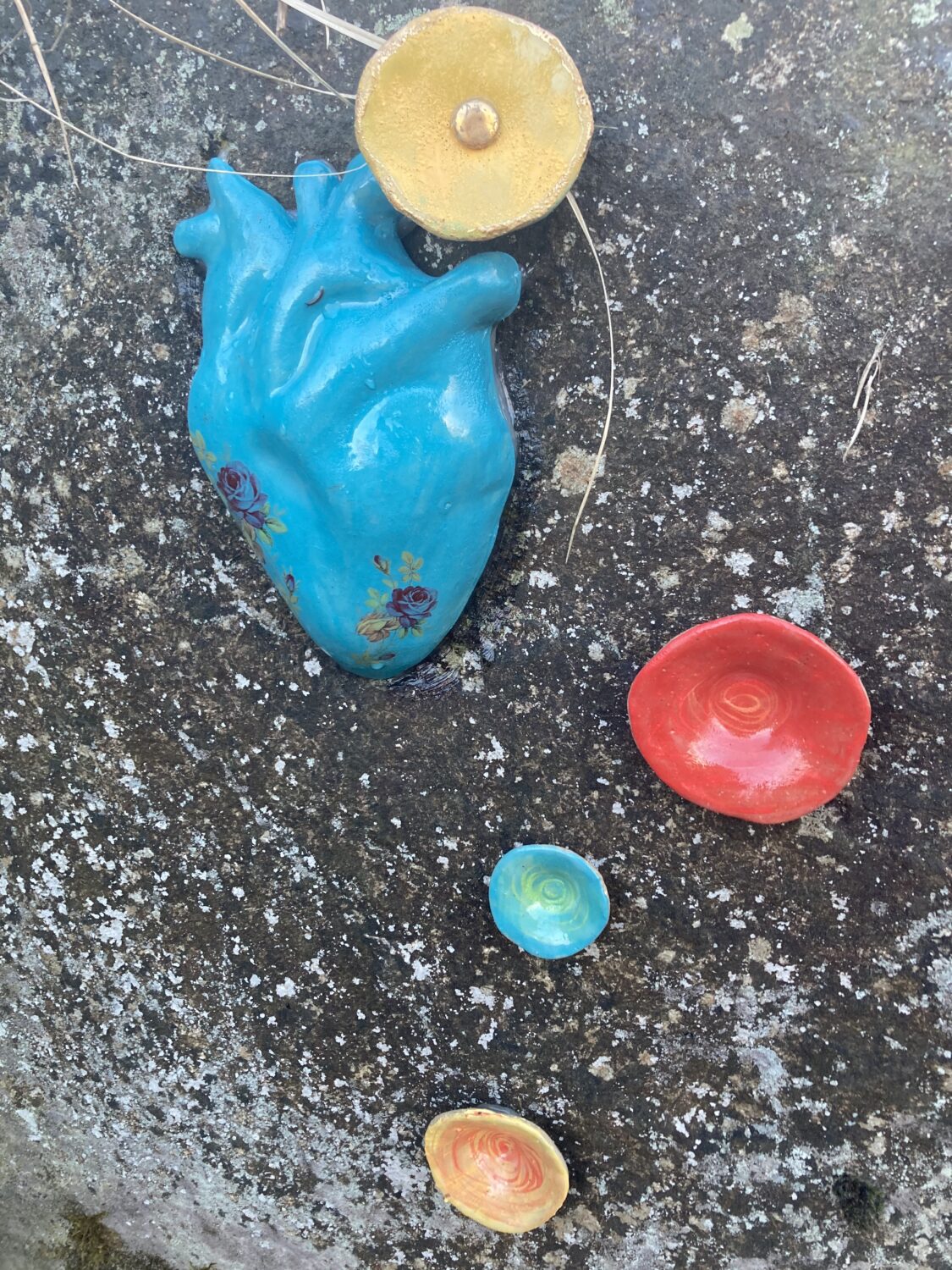
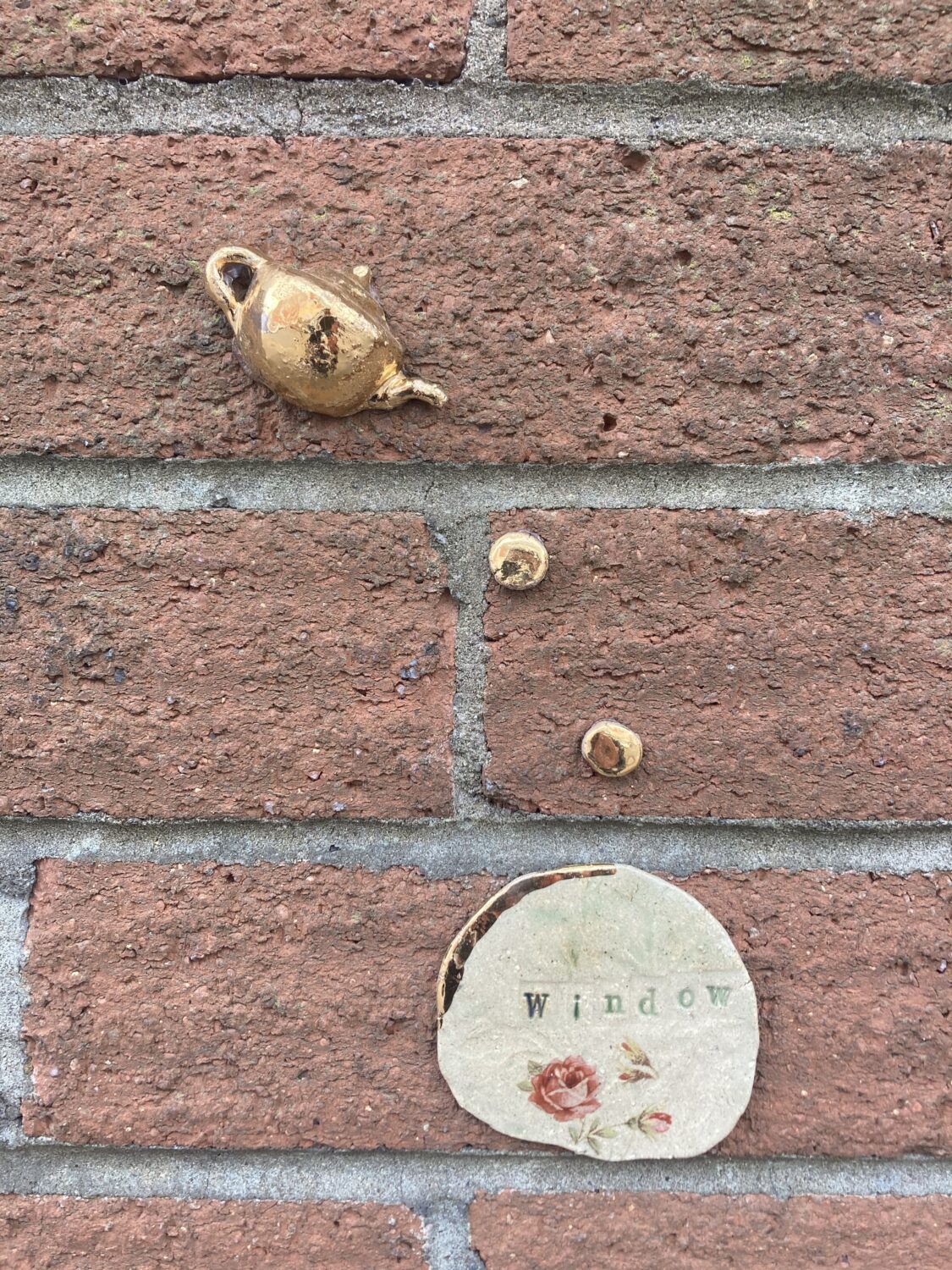
CERAMIC GRAFFITI
Louise began producing outdoor pieces in 2015 after a stay at the Princess Royal Maternity Hospital, also nearby. During her time in the hospital she was drawn to the atrium, an empty and inaccessible space. She felt a sculpture would sit well there and would give staff and patients something to look at. So she created a piece as a thank you for the care she had received.
Just before lockdown Louise took home some finished pieces from her studio, sensing that she might need them. In the year since, she has anonymously placed many of them in public places, a practice she refers to as ‘ceramic graffiti’. Louise felt she wanted to connect with people and do something constructive at a time of such uncertainty. She explains “With a high level of social anxiety in the air, and with walking being one of the few outlets for most people, what started off as an intuitive action developed into one of my perceived social responsibilities and pleasures”.
The reaction has been overwhelmingly positive (aside from one lady in the West End who wasn’t too keen on the work Louise was placing near her home). Louise says “the response was very unexpected, and really encouraged me to continue. I feel like the work belongs to the communities. I have received the most heartwarming messages, and feel more connected through the process”
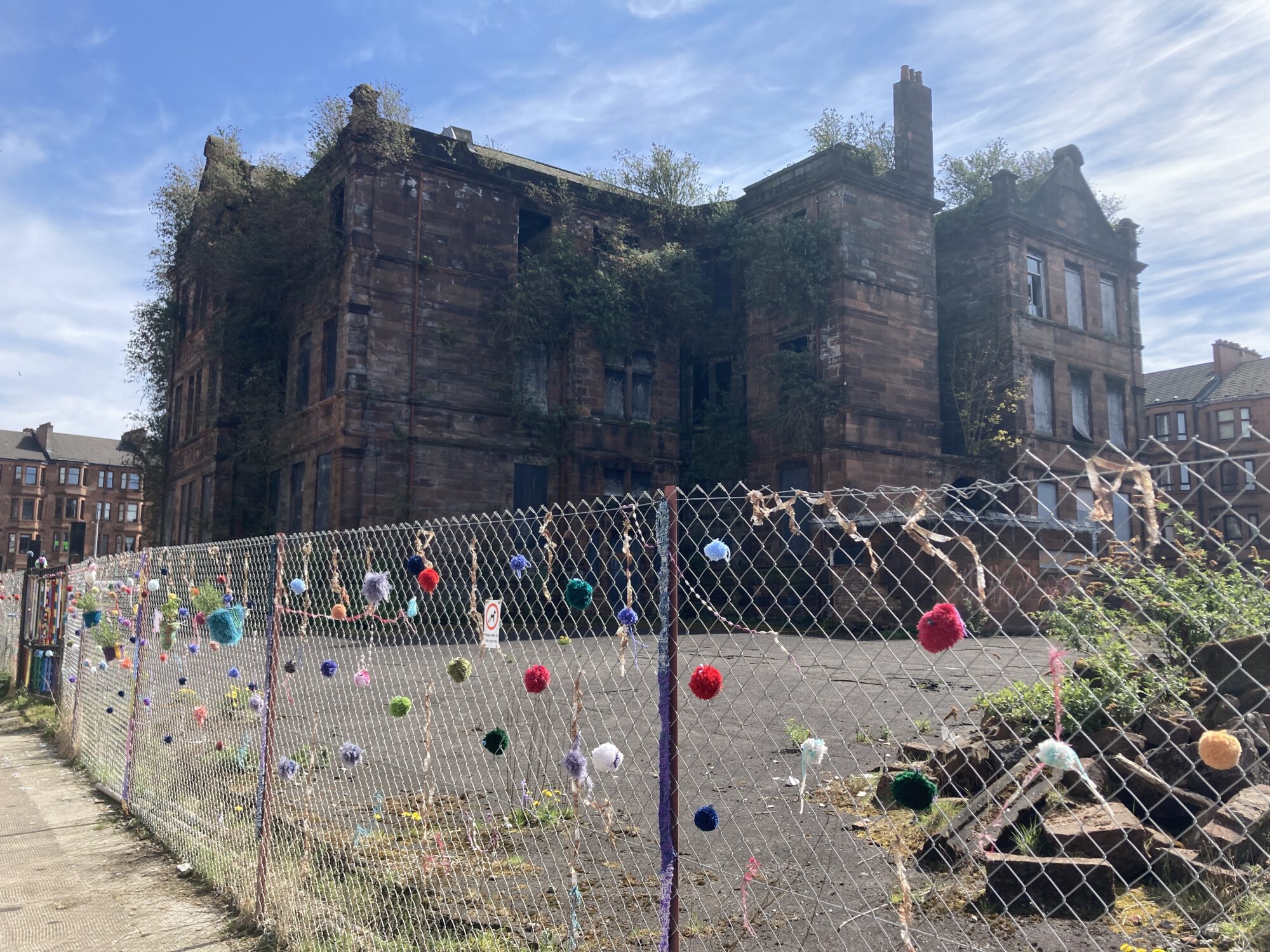
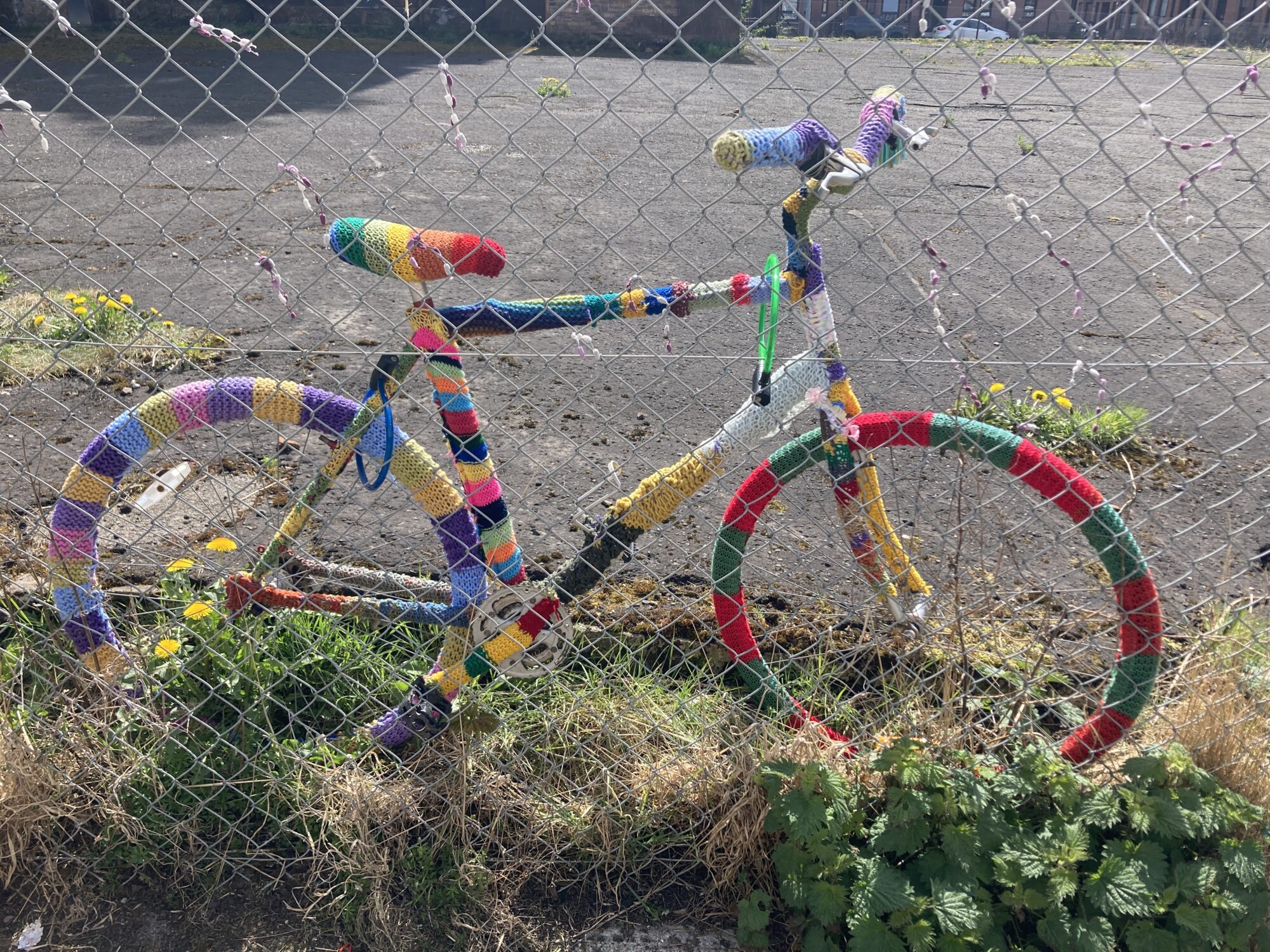
GUERILLA KNITTING
Whilst Dennistoun has been getting its fair share of ceramic graffiti, nearby Haghill has been the target of some guerrilla knitting! Also known as ‘yarn bombing’, this is a type of street art that uses yarn or fibre rather than paint to create colourful knitted or crocheted displays. In this case, it has been used by a group of locals to brighten up the railings of the old Haghill Primary School. A bike left inside the railing has also been covered. Those involved hope it will encourage people to take pride in their area and provide a catalyst to reducing problems such as dog fouling and littering.
HAGHILL PUBLIC SCHOOL
The building was originally Haghill Public School and was constructed by the School Board of Glasgow in 1904. Unlike other school boards, Glasgow brought in a range of architects to design its buildings, giving them a distinctive character. This one was designed by Andrew Lindsay Miller and is noteworthy for being set within a square of traditional tenements. The school building was closed in 1994 and despite being Category B listed its condition has badly deteriorated since. Despite some interest from commercial developers, it remains derelict and on the Buildings at Risk Register
TRANSFORMING GLASGOW
As lockdown restrictions in Glasgow start to ease, our new evening lecture series will be looking to the past for inspiration and possible solutions as the city finds its way out of the pandemic and the challenges that lie ahead. The ‘Transforming Glasgow’ series will focus on how Glasgow has changed and reinvented itself in a variety of ways from the latter half of the 20th century onwards to today. How have these changes come about and what has the impact been? What lessons can be learned? Keep an eye on our website for details.
And if you are looking for outdoor activities to do with the children, download our series of Kids Heritage Trails for free here
Check out Louise McVey’s work on her website, and on Instagram, @louisemcveyartist or why not get out exploring and see if you can find some yourself?


